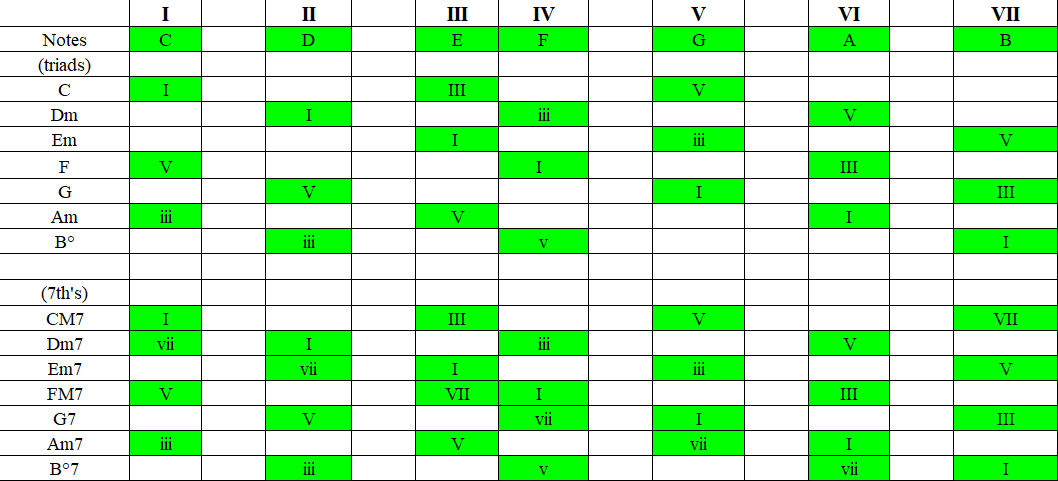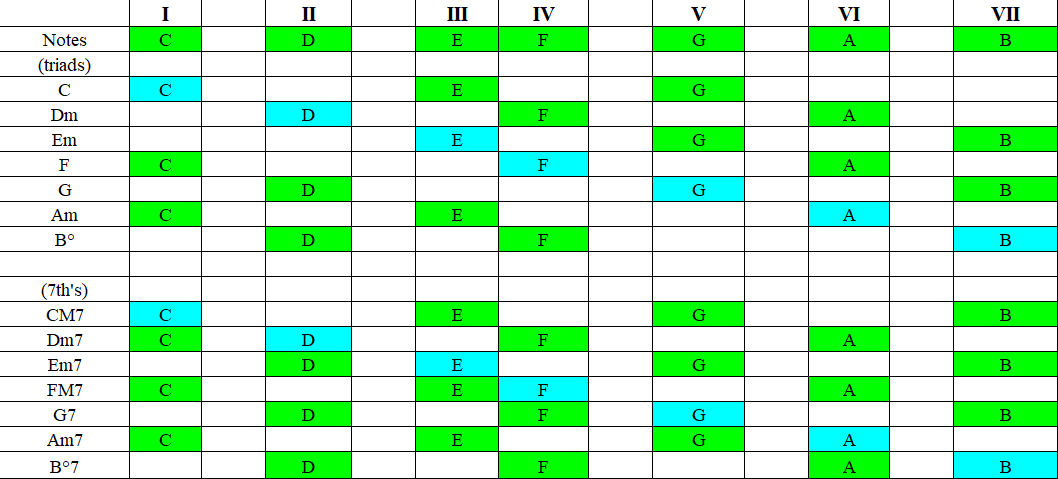Understanding Keys in Music. Chord structures.
What you need to know. [Intermediate Beginner Lesson]
Thank-you for taking the time to read this article. I am grateful that you have subscribed to my newsletter. Even though my SubStack SoundHole Music Newsletter is free, my work in writing these helpful and informative guitar lessons, along with many other interesting articles on music, is completely supported by my you - paying subscribers. It's pretty cheap too. For a mere $.26/day ($8/month) or a staggeringly low cost of only $.19/day ($72/year), you can help support my amazing Substack SoundHole Music Newsletter by investing as a paid subscriber. - Thank-you, Dave.
Yes, you need to know your keys. I'm not talking about the keys on a piano. I'm talking about a basic mathematical theory in music. If you are going to be an instrumentalist, musician or songwriter, it is imperative that you understand your keys in music. This article is an introduction to understanding what is widely considered the foundation for basic music theory.
What is a Key? [Intermediate Beginner Lesson]
A key is a group of seven notes that use a specific set of intervals (or spaces) between each note. These groups of notes can be defined as either a major or minor scale. Each key must have one version of each of the first seven letters of the alphabet: A, B, C, D, E, F and G. The only key that has all of these "natural" notes is the key of C major. All of the other keys have at least one or more sharp notes, or one or more flat notes.
A key also can be looked at as both a group of notes or a group of chords.
Chords are made up of two/three or more notes played together. These notes come from the original seven notes established in a key. For example, in order to make a basic C major triad chord, you will need the C, E and G notes to play the chord.
How are the notes in a key determined?
This comes from a formula called the "major scale". You can also use the minor scale as well. For this example, we will use the major scale. Using the above key of C major: A, B, C, D, E, F and G - we will start the key off with the C note - so it will now look like this: C, D, E, F, G, A and B. C is the first note in the key of C. D is the second note in the key of C and so on. Now let's use the "intervallic formula" to better understand the separation between each of the seven notes in the key.
In order to do this, we need to establish that there are five more notes that are part of the chromatic scale that are not used in the key. We will use the following notes for this example: Db, Eb, F#, Ab and Bb. The chromatic scale now looks like this: C, Db, D, Eb, E, F, F#, G, Ab, A, Bb and B. Now we have all twelve notes in the chromatic scale.
There are two pairs of notes next to each other that do not have a note between them. These two pairs of notes are: B and C, and E and F. Everything else has a note between them. For example: There is a note between A and B. This note is the A# or Bb note, depending on the key. There is a note between C and D. It is the C# or Db note, again, depending on the key.
The formula for the major scale is as follows: I - II - III - IV - V - VI - VII
Applying the key of C major to this formula, we get: C = I, D = II, E = III, F = IV, G = V, A = VI and B = VII
Here we have the intervals:
Triads and 7th chords:
Triads and 7th chord structures
Notes used in the structures (blue highlighted are the root notes)










